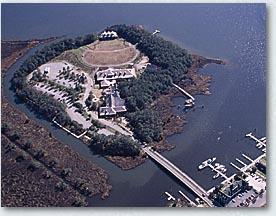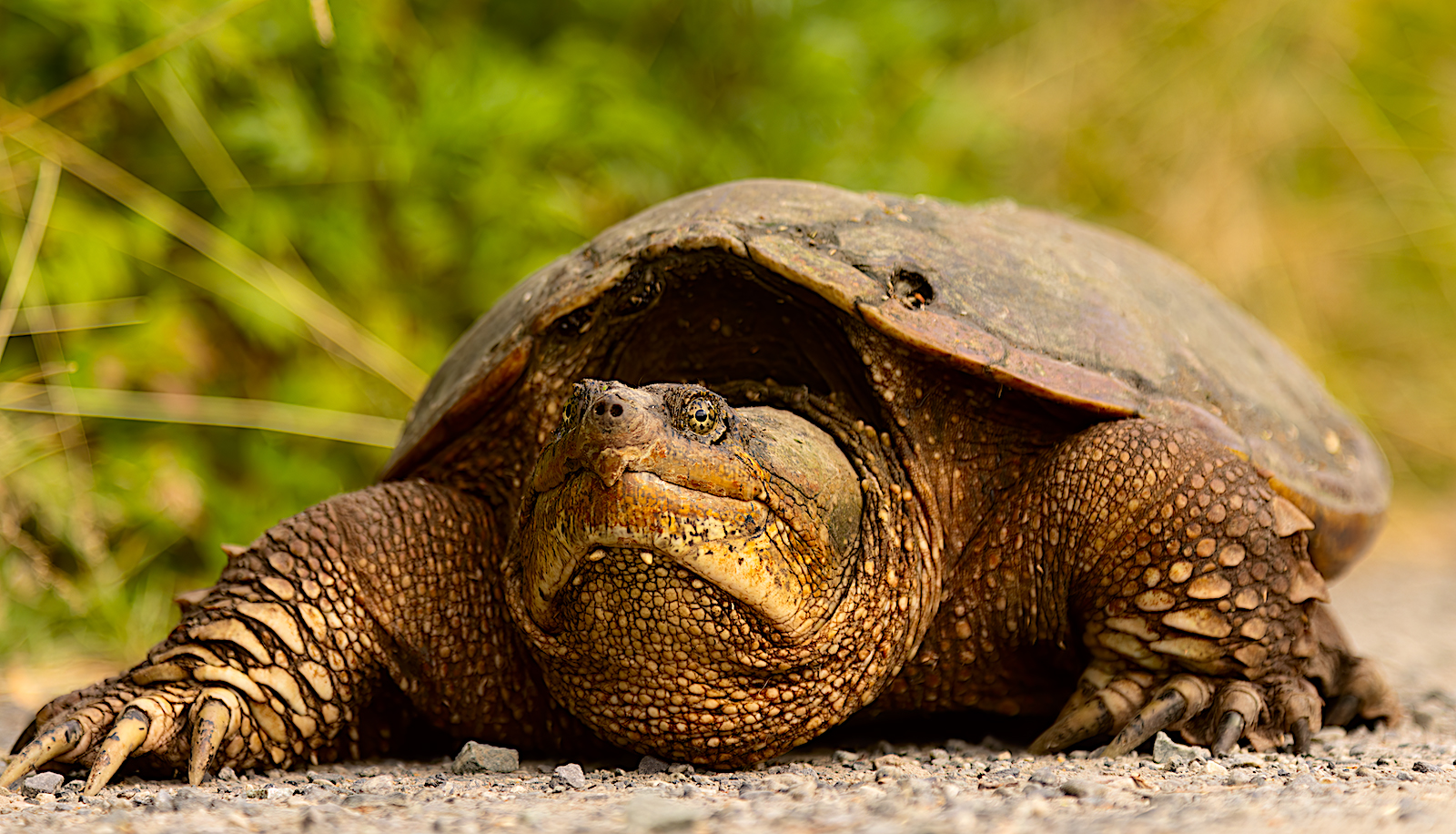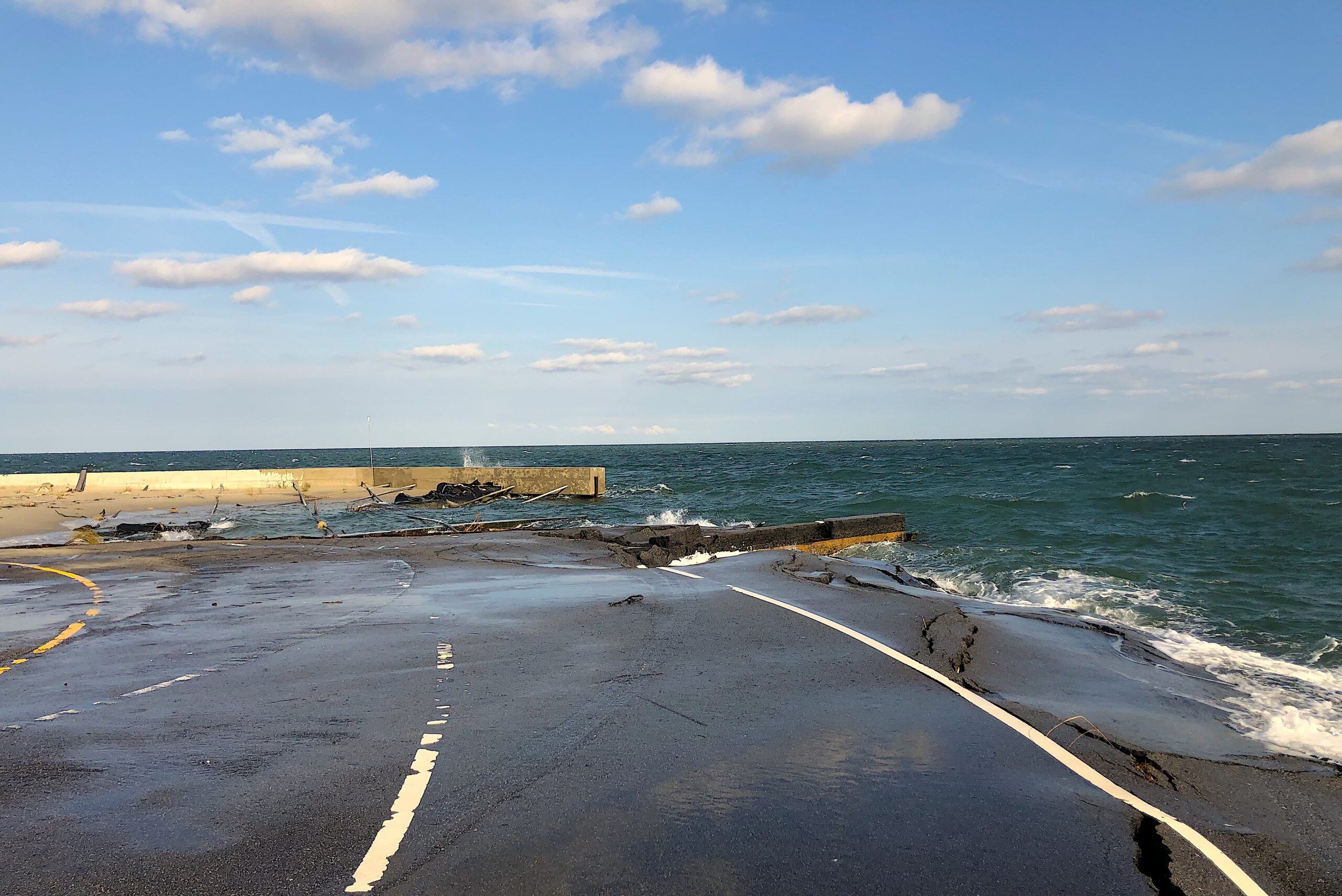Crossing the bridge onto the northern tip of Roanoke Island, visitors can hardly help but stare at an 11-foot-wide sign announcing the birthplace of Virginia Dare, the first English child born in the new world.
Across the road, a simple street sign marks another of our nation’s historic firsts. The thin strip of metal reads: “Freedmen’s Colony Road.” There is no room to explain that the Freedmen’s Colony was a camp of ex-slaves that became a thriving colony — one that built schools, churches and homes during the Civil War.
Until recently, that explanation was left to a dilapidated monument at the far end of a motorist pull-off area. The monument’s faded plastic pictures and overgrown planter were plaintive reminders of Freedmen’s voices absent from America’s stories of bravery, perseverance and freedom.
Most people have not heard about this other “lost” colony that is rarely mentioned in history books. But a handful of people, mainly from Manteo, are steadily raising awareness about the Freedmen and their remarkable colony.
“My goal is to make sure that this type of information is incorporated into North Carolina history,” says Virginia Tillett, a Dare County commissioner and one of the leaders in the effort.
“None of the areas in and around North Carolina would have been as beautiful as they are if it wasn’t for slave labor,” Tillett says. The Freedmen’s Colony was an opportunity for ex-slaves to contribute to United States history as free citizens.
“I think that type of history needs to be told,” says Tillett, who is also assistant dean of continuing education at the College of the Albemarle. She often speaks to school and community groups in the area about the Freedmen’s Colony.
Each fall, Tillett joins neighbors Arvilla Bowser and Dellerva Collins — along with 20 volunteers — to organize a festival in Cartwright Park to remember the Freedmen. Bowser, who retired from the National Park Service, co-wrote a book about the colony.
The women also collaborate with the Dare County Heritage Trail, a citizen committee, to commemorate the colony. In 2001, the committee erected a marble monument at the Fort Raleigh visitor center. In 2004 the monument was added to the National Underground Railroad Network to Freedom.
This and other Freedmen’s Colony markers are now incorporated into Roanoke Island’s Civil War Trail, adds committee chairperson Mel Covey.
“We’ve just been trying to spread the word and share it with everybody,” says Collins. “We’ve just been trying to keep the story alive.”
From Contraband to Colony
During her childhood, Collins was well aware of the famous lost colony — the 110 English colonists who disappeared from Roanoke Island in the late 1580s.
Each year, she and Bowser would usher at a special performance of “The Lost Colony,” the longest-running outdoor drama in the country.
“They used to have what they called ‘Negro Day,’ and that’s when all the black people from surrounding counties could go see ‘The Lost Colony,'” remembers Collins, who, in 1995, became the first black citizen to serve on Manteo’s board of commissioners.
The four women heard their elders talk about the Freedmen’s Colony, but only began researching it after meeting Patricia Click, Manteo’s historian-in-residence during the summer of 1981. Then-mayor John F. Wilson had assigned Click a seemingly monumental task — research a colony of former slaves that almost no one had ever heard of or written about.
“My stomach kind of sank,” admits Click.
As she completed a short paper about the colony that summer, Click realized there was enough historical material — albeit fragmented — to piece together a more detailed picture of the Freedmen.
Two decades later she published a book about the Freedmen’s Colony titled: Time Full of Trial: The Roanoke Island Freedmen’s Colony 1862-1867. Tillett and friends credit Click — now a professor at the University of Virginia — for sparking their interest in researching possible family connections to the Freedmen.
“It’s very difficult for blacks to trace their families because of slavery times,” explains Tillett. After six years of research, she traced her father’s ancestry to the Freedmen, but still is working on her mother’s side.
With no physical evidence of the colony left, her task is daunting.
After the Civil War began, nearly half a million former slaves fled to the outskirts of Union camps scattered across the South, writes Click. Union troops captured Roanoke Island on Feb. 8, 1862, under the direction of Gen. Ambrose E. Burnside, and former slaves began pouring onto the island.
As the number of refugees swelled, an official “contraband” camp was established on the island. As contraband, ex-slaves became property of the Union and were protected from their former owners. The camp grew rapidly, and within the first month the new settlers built two churches and a school.
In April 1863, the Rev. Horace James was appointed the “Superintendent of all Blacks” in North Carolina, and he redesignated the camp as a “colony.” James organized the former camp into three straight avenues and 26 cross streets, assigning plots of land to black settlers, according to Click. The colonists quickly built homes and planted gardens.
Based on the little documentation that remains, scholars believe the colony was located on the northwest portion of the island, possibly from Weir’s Point to Pork Point, notes Click.
By January 1864, more than 2,700 black residents lived on the island, and the colony had 300 families living in homes, writes Click.
Despite such progress, daily life was difficult. Many men enlisted with the Union,
leaving women, children and the elderly to maintain the new colony. Although families of black soldiers were entitled to compensation and rations, lapses were common. The soldiers’ frustration is palpable in an 1865 letter to the general from Sgt. Richard Etheridge and a man identified as “Wm” Benson:
“We the soldiers of the 36 U.S. Col. Reg Humbly petition to you to alter the Affairs at Roanoke Island…. The rations for our wifes and family’s have been (and are now cut down) to one half the regular ration. Consequently three or four days out of every ten days, thee have nothing to eat…”
A Fragmented Legacy
Spotty rations were soon the least of their worries. When the Confederacy collapsed in April 1865, the Union returned all land to owners who held title. The Freedmen now faced eviction.
But just as they labored to build their colony, the Freedmen labored to keep it — or at least some of it.
A small group petitioned the government, requesting to rent the land where their homes stood. In 1868, 11 petitioners scraped together $500 and bought 200 acres of land from the heirs of Thomas Dough, according to Click.
Richard Etheridge — the famed leader of the first all-black crew at
the Pea Island Lifesaving station — also purchased land and sold it to black families, according to Bowser.
By 1900, only 300 black residents lived on the island, in a neighborhood called “California.” That year, the government divided the property into 11 lots, based on the original buyers and their heirs, writes Click.
Today, Bowser lives on what was Tract 9. Tillett lives only a block from the two tracts her ancestors inherited.
Whether their children or grandchildren will remain on the land is uncertain. Younger generations often leave the island to attend college or to find better-paying jobs, says Collins. Many never move back. For those who stay, the daily demands of jobs and families leave little time for history, adds Bowser.
Still, the women believe educating people about the Freedmen is the best way to keep the story alive.
They have hung posters about the colony at Manteo’s community center, where Collins volunteers. They’ve also helped make the annual remembrance event for the colony family friendly, featuring music, games and storytelling.
When talking with school and community groups, Tillett brings a special pictorial quilt made by the Tea Cup Quilters, Manteo’s local quilting club. Each square depicts either a scene or symbol related to slavery and the Freedmen, such as the North Star. Children ask the most candid questions, she says. Their parents often hang back — at first.
“Adults sometimes don’t know what to ask because they don’t know whether they are going to offend,” observes Tillett. “I start out by saying — ‘What happened 200 years ago, neither one of us had any control over. We accept what happened and move on. But it’s a part of history, so we’re going to talk about it in a positive light.'”
Tillett’s accepting and open demeanor have prompted listeners to send her scraps of information, such as old family letters or documents, that might give her or other black families from Manteo clues about their ancestries.
And the women never leave their education efforts at their doorsteps.
When Collins’ grandson was assigned a poster project on the Civil War for school, she offered to help him highlight the Freedmen’s Colony.
“His history teacher didn’t even know some of the information he had!” Collins proudly exclaims. “He received an A.”
For more information about the Freedmen’s Colony, visit http://www.roanokefreedmenscolony.com.
This article was published in the Holiday 2005 issue of Coastwatch.
For contact information and reprint requests, visit ncseagrant.ncsu.edu/coastwatch/contact/.
- Categories:



